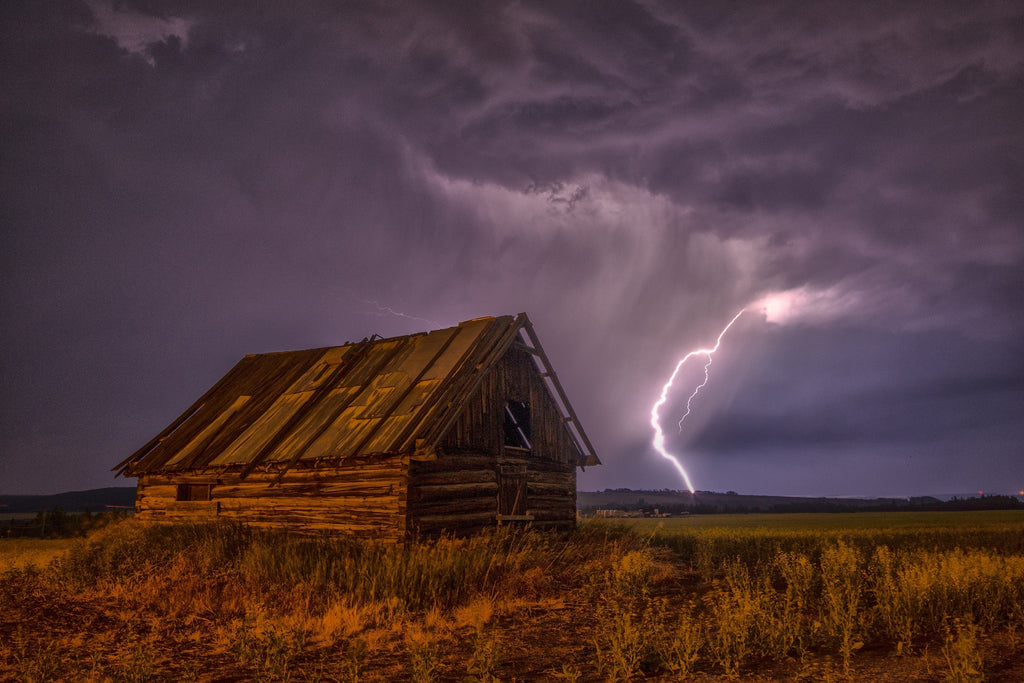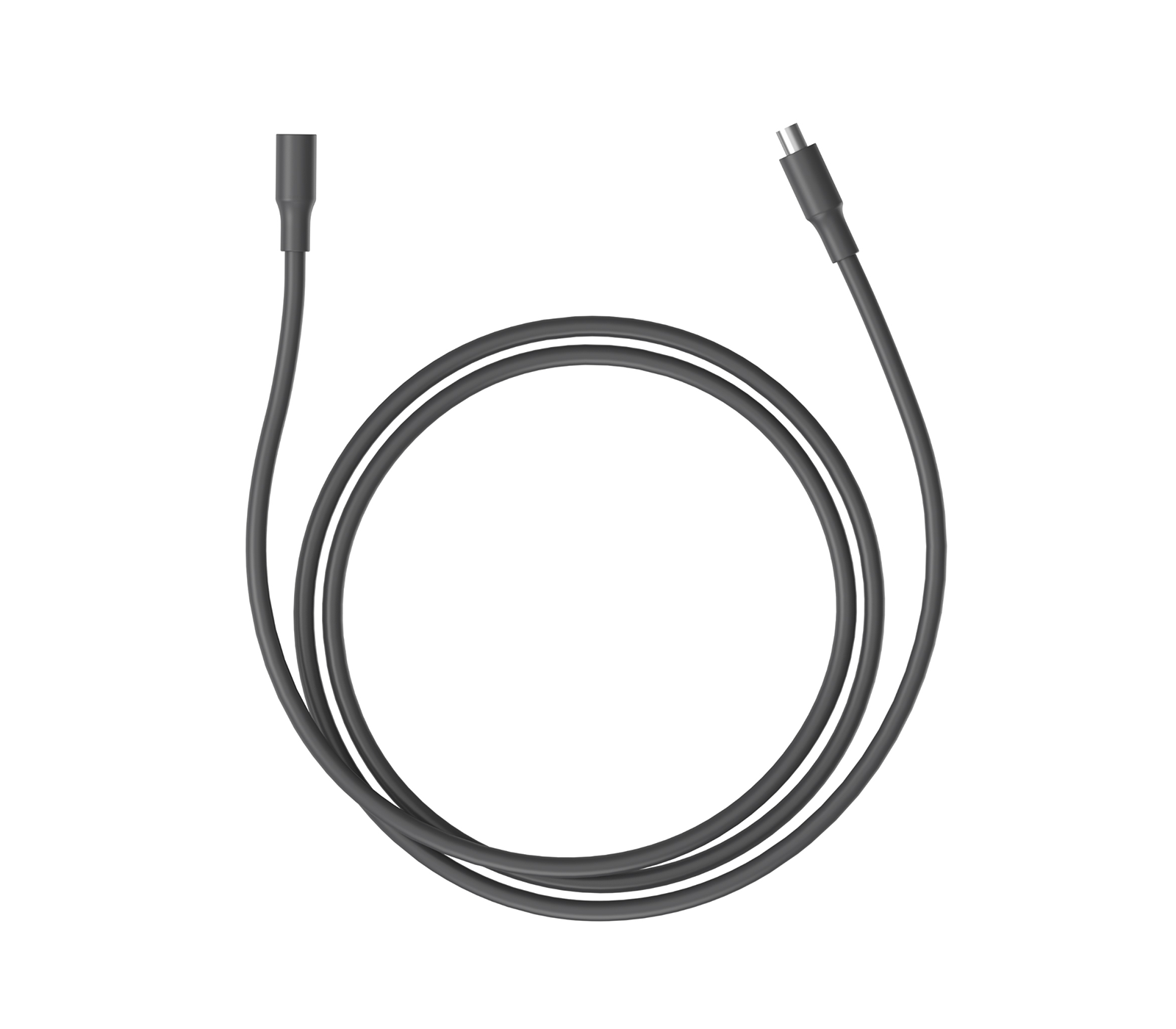The Midwest is the second largest region of the United States, encompassing North and South Dakota, Minnesota, Wisconsin, Michigan, Nebraska, Iowa, Illinois, Indiana, Ohio, Kansas, and Missouri. According to the Red Cross, residents of the Midwest are most susceptible to tornadoes, earthquakes, and wildfires.
As is the case with all weather emergencies, you’ll want to begin gathering supplies to create an emergency preparedness kit. Keep essentials on hand year round like water, non-perishable foods, and a first-aid kit. If you are in a drought-prone region, stock up on extra water when possible. Weather emergencies also always come with the risk of a power outage. Think about the last time you lost power, and decide if your household could benefit from a backup battery power source. The HomePower ONE is compatible with a wide range of household appliances, like the refrigerator and lighting, and can charge your electronic devices to keep you in communication with family and the community.

Here are some more tips to help you prepare for each type of weather event that can hit your area.
1. Tornadoes
Educate yourself on how your county or community warns residents about tornadoes. Most tornado-prone areas utilize a siren system for both tornado watches and warnings. A tornado watch is issued when weather conditions favor the formation of a tornado, like during a severe thunderstorm. During a tornado watch you should pay special attention to local news stations and be prepared to take shelter at a moment’s notice. A tornado warning is issued when a tornado funnel has actually been sighted or indicated by weather radar. In this case, you need to immediately take shelter.

2. Thunderstorms
Since tornadoes are so commonly accompanied by thunderstorms, begin to pay close attention to changing weather conditions during a storm. A severe thunderstorm watch means a severe thunderstorm is possible in your area, while a warning means one is currently occurring.

Lightning strikes and rumbling thunder may often start well before rain hits your area, oftentimes 30 minutes. You may also experience winds of up to 50 miles per hour, flash flooding, hail, and tornadoes. Find out if your area has an emergency alert system that will let you know when a storm is coming and weather conditions being reported nearby. The most common cause of injury during a storm is someone ignoring or never hearing the weather alerts. If a storm is coming, clear hazards from your yard and find safe shelter.
3. Earthquakes
Assess the structural soundness of your home and consider making improvements sooner rather than later. Similarly, identify any objects inside your home that could become a hazard, like heavy bookshelves or glass objects, and secure them. Next, evaluate which room of your house would be safest to shelter in, or the safest part of each room of your home. The safest area of your home would be away from glass, hanging objects, heavy cabinets, and other large furniture. A room without ceiling light fixtures like chandeliers and exposed shelving is also safest. Contrary to popular belief, do not stand in doorways. If driving, pull over and set your emergency parking brake.
4. Wildfire
Consider using fire-resistant materials wherever possible in your home. Be sure to have an outdoor water source with a hose that can reach any area of your property, in the case you need to prevent or put out flames. Within at least 30 feet of your home, remove any debris or combustible materials like dead branches or fallen leaves. Make sure your roof and gutters are clean and branches are not hanging over the roof or chimney. Since wildfires are so unpredictable, learn and practice all your evacuation zones.

5. Drought
You can do your part in preventing the long-term effects of a drought in your community. Evaluate the plumbing in your home for potential leaks. Check the backs of cabinets for signs of mold or mildew and monitor your monthly water bill for signs of gradual increase, which can mean an unnoticed leak. Don’t let a dripping faucet go unfixed, even if you aren’t bothered by its presence. One drop of water per second from a leaking faucet wastes 2700 gallons of water every year.
Summary
Educating yourself on the types of weather events that hit the Midwest can prevent you from feeling overwhelmed when the time comes that you are facing one. Begin preparing an emergency supply kit, identify potential hazards in or around your home, and learn evacuation routes and places of shelter. Practice all safety plans with your whole household so you’re all prepared, no matter when you’re affected. Since power outages are common with these types of weather events, consider purchasing an emergency generator like the HomePower ONE or SolarPower ONE.
About Geneverse: Geneverse (formerly Generark) is the most reliablesolar generator and source of emergency backup power for your home and community. From theHomePower backup battery power station providing portable access to electricity, to theSolarPowersolar panels as a source for recharging, never be disconnected from what matters most to you. Learn more about how Geneverse and its industry-leading 5-year limited warranty can bring protection and security to your family ongeneverse.com. Never face a power outage alone, and power your home with a solar generator from Geneverse.












Leave a comment (all fields required)